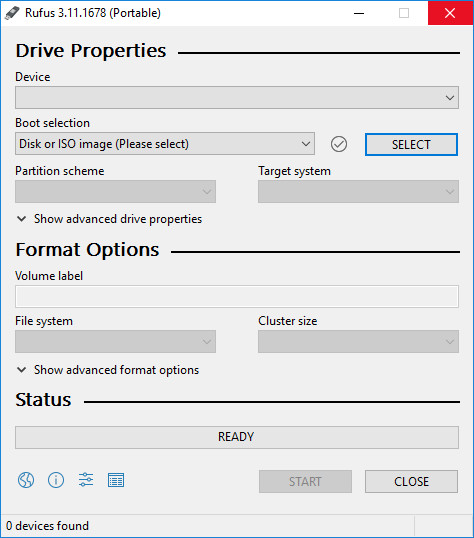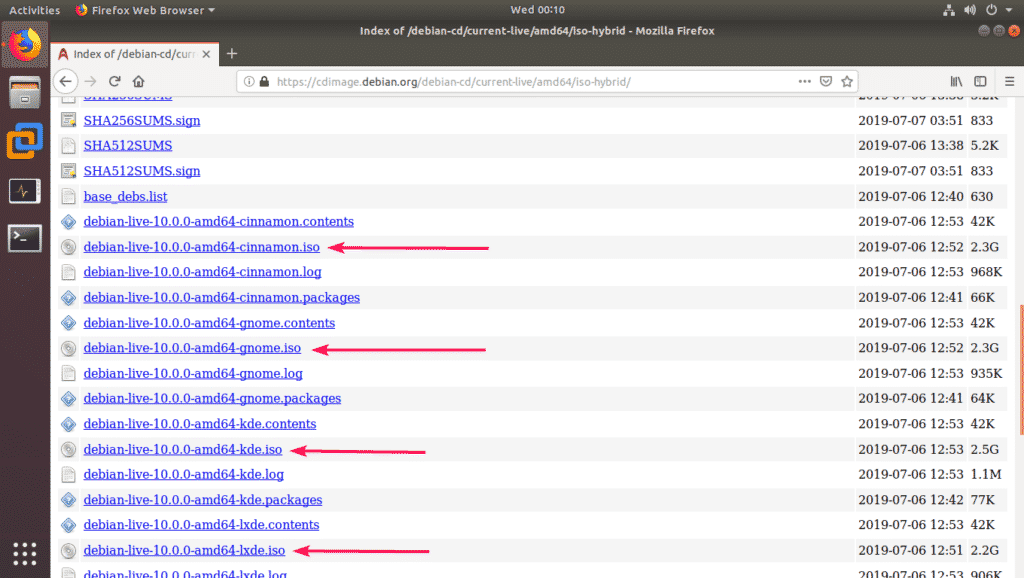
- #RUFUS DOWNLOAD INDEX HOW TO#
- #RUFUS DOWNLOAD INDEX INSTALL#
- #RUFUS DOWNLOAD INDEX WINDOWS 10#
- #RUFUS DOWNLOAD INDEX PRO#
Then using the Startup Disk Creator app in Ubuntu, I was able to create the USB installer for OPNsense. My end solution was to take the USB drive to my Ubuntu Box.
#RUFUS DOWNLOAD INDEX WINDOWS 10#
I recovered the USB stick by using Rufus on the Windows 10 box to write something else over it that I know works (in this case an Ubuntu img). Tried an Ubuntu box, a Windows 10 box, and a Windows 7 box just to check, and none of them could read the stick or boot from the stick. When trying to boot to the USB all systems just skip over it. However, it leaves the USB drive unreadable by Windows. I use Rufus for all kinds of bootable USB stuff was kind of amazing Rufus had problems creating OPNsense bootable.įor me it looks like Rufus 2.11 is successfully writing in DD Image mode. I though I would add my comment incase any other reads have an issue similar to mine. There are some links on the site for some helpful tutorials on creating certain types of UFDs, and there’s multiple localization support for a variety of languages worldwide.I have the same problems as some of the other commenters above that tried to create an USB installer for OPNsense using Rufus. The days of carrying multiple CD/DVDs with you and dealing with lagging installs are drawing to a close with the ubiquitous use of USB drives–and the storage capacity can’t be beat.
#RUFUS DOWNLOAD INDEX INSTALL#
With the process completed, simply eject the UFD, insert it into the device you wish to install the OS on, and boot as you normally would.



#RUFUS DOWNLOAD INDEX PRO#
See: Don’t just toss old flash drives, download our Media disposal policy (Tech Pro Research) Rufus system requirements

Simply put, one machine can handle many different uses, as opposed to purchasing dedicated equipment for each supported OS type. Apple hardware supports these operating systems natively, making Macs a versatile choice for production equipment. Macs, on the other hand, have the ability to run Windows and countless Linux distributions alongside OS X or in place of it. The answer to that is quite simply “because you can.” Apple hardware is similar to its PC counterparts in many ways except one: PCs can’t natively run OS X without any software hacks involved. Why would you install any OS–besides OS X–on an Apple computer? But before diving into that, I have a question of my own.
#RUFUS DOWNLOAD INDEX HOW TO#
After last week’s article, ” Pro tip: How to create a bootable USB drive to install Windows on OS X,” I received feedback asking why anyone would install Windows on a Mac? This week’s entry deals with creating UFDs that allow you to install many other operating systems with the help of a utility called Rufus.


 0 kommentar(er)
0 kommentar(er)
